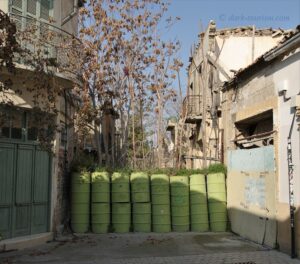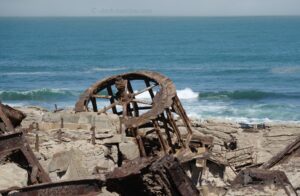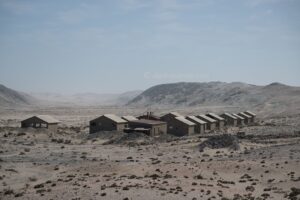
Varosha
In previous posts I more or less promised a photo essay Blog Post about the fabled ghost town of Varosha in Northern Cyprus, which I visited in January. I am now fulfilling that promise. I’ve selected 20 photos to illustrate the atmospheric ghost-town-ness of that place. This is basically just a visual post, a photo essay, without so much text. For the historical background as well as the controversial and contested status of this ghost town please




